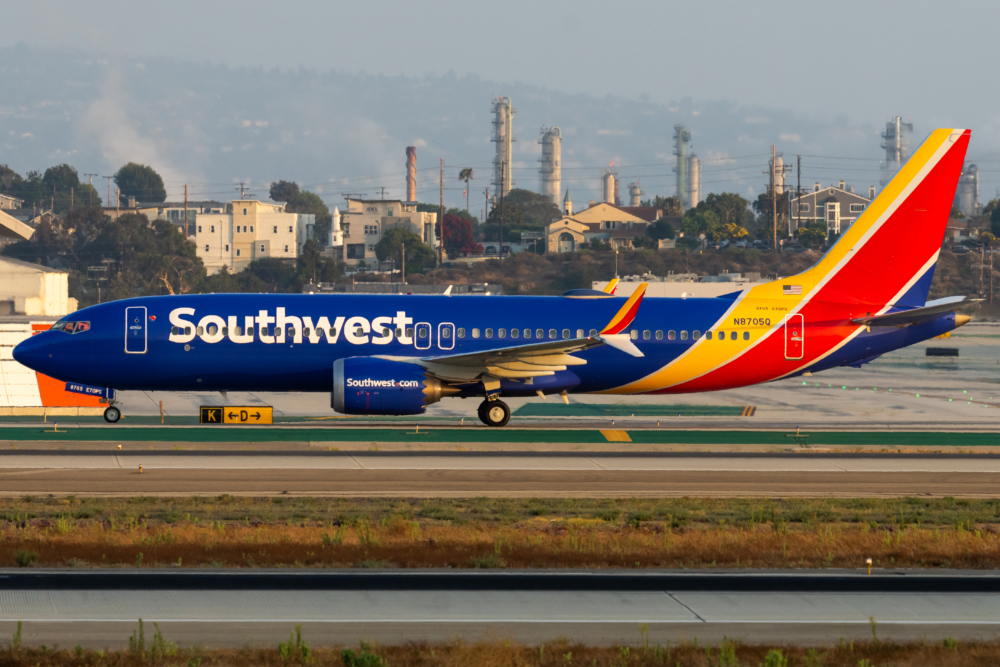When assessing the state of a given aircraft manufacturer’s order and delivery books, the term ‘white tail’ is one that you sometimes come across. Such planes are not typically a good sign for a planemaker, particularly amid the present challenging climate. But what exactly does the term white tail mean? Let’s take a closer look and find out.

What are they?
So what exactly does the term ‘white tail’ denote when it comes to aircraft production? Simply put, the phrase refers to planes that are complete and ready to fly, but don’t have a customer to go to. These aircraft don’t wear a livery, owing to having no customer, leaving them with white tails, hence their name. This paradox can arise for several reasons.
For example, a manufacturer might build a given aircraft despite not having a customer in order to retain its production rate. Alternatively, an airline might cancel its order for particular aircraft with the planes already on the production line.
According to Reuters, the Boeing 737 MAX groundings also left the US planemaker with as many as 200 white tails. This came about as airlines canceled their MAX orders, with the groundings leaving Boeing unable to deliver them elsewhere. This resulted in a significant backlog of undelivered and unwanted next-generation narrowbodies.

The situation at Airbus and Boeing
Despite the aforementioned masses of unwanted Boeing aircraft brought about by the MAX groundings, the US planemaker is recovering well. As it looks to recover from the double blow of the groundings and the coronavirus pandemic, it has managed to offload many of its undelivered planes. Of course, these weren’t just 737 MAX aircraft.
Indeed, as Simple Flying reported earlier this month, it also briefly had four 747-8 white tails on its hands. The manufacturing juggernaut also went months without delivering any 787 Dreamliners due to a series of production issues. However, Boeing is now finally in a place where it can say that it has been able to almost completely clear its backlog.
Meanwhile, at Boeing’s European rival Airbus, the situation is even more favorable. Indeed, Simple Flying reported in July that the transnational planemaker no longer has any white tails on its hands. This is an encouraging sign for the company as it, along with the aviation industry as a whole, looks to bounce back from the challenges of the last 18 months.

Stay informed: Sign up for our daily and weekly aviation news digests.
Picking up the pieces
Offloading white tail aircraft requires customers for the previously unwanted planes. For example, Boeing reportedly approached Delta last year in an attempt to re-sell its canceled MAX orders. One airline that has been keen to cash in on the surplus of available 737 MAX jets is Dallas-based ultra-low-cost carrier and existing MAX operator Southwest Airlines.
As early as November last year, it became apparent that the budget carrier was intending to acquire up to 30 of these undelivered aircraft. However, according to Mentour Pilot, these would not have been additional acquisitions, but rather they would replace Southwest’s existing orders. This would allow the carrier to receive the same amount of MAXs sooner.
Did you know what white tail aircraft are? Perhaps you’ve seen some on your travels? Let us know your thoughts and experiences in the comments.
from Simple Flying https://ift.tt/39AQf5L
via IFTTT
Comments
Post a Comment